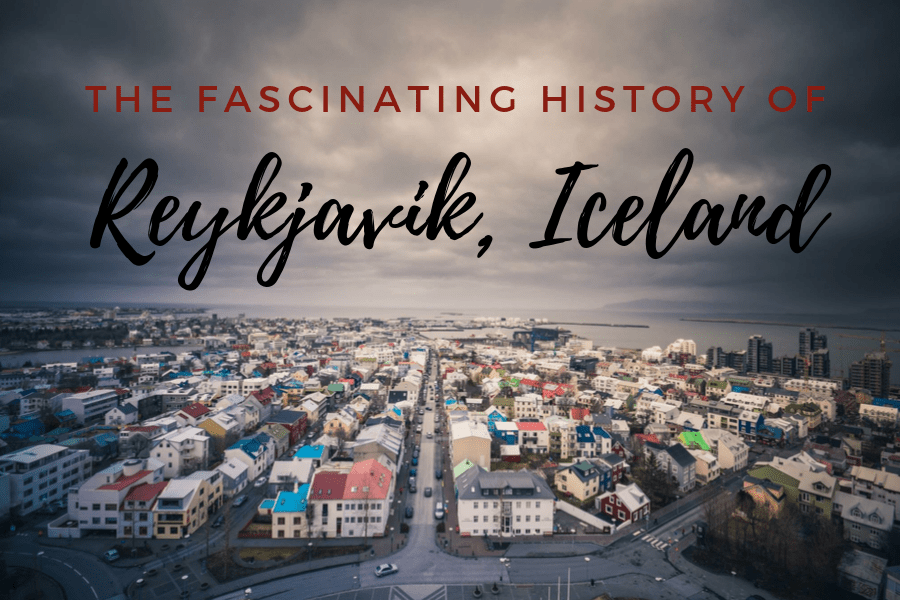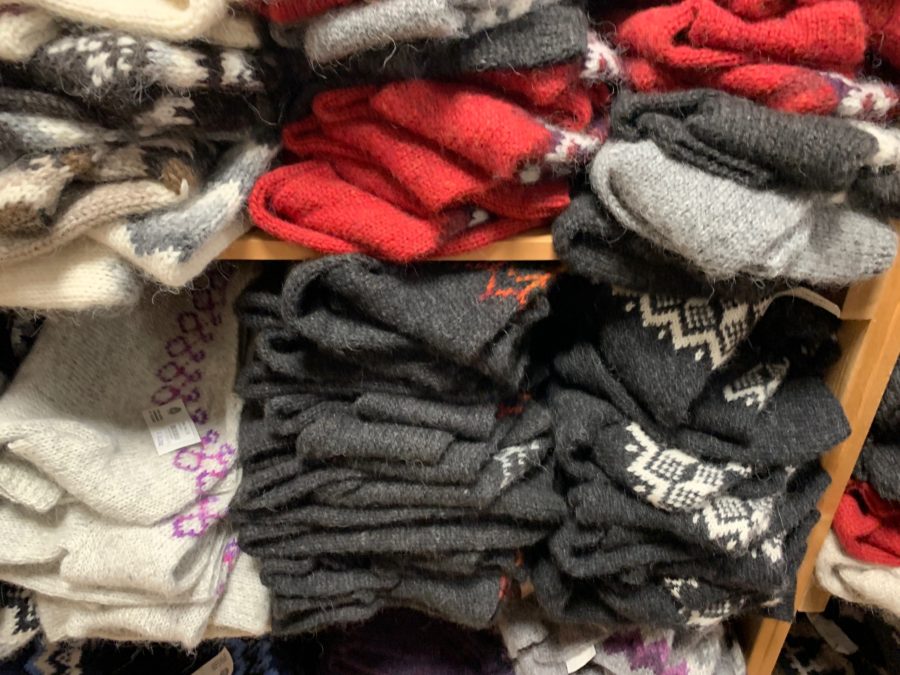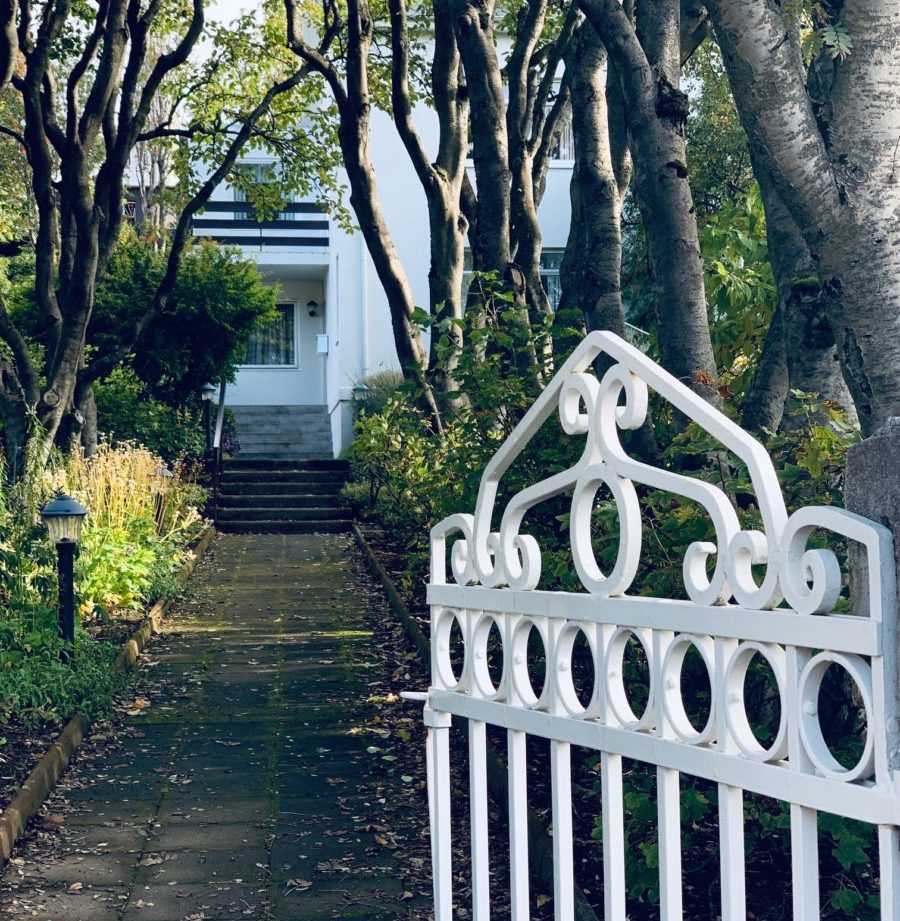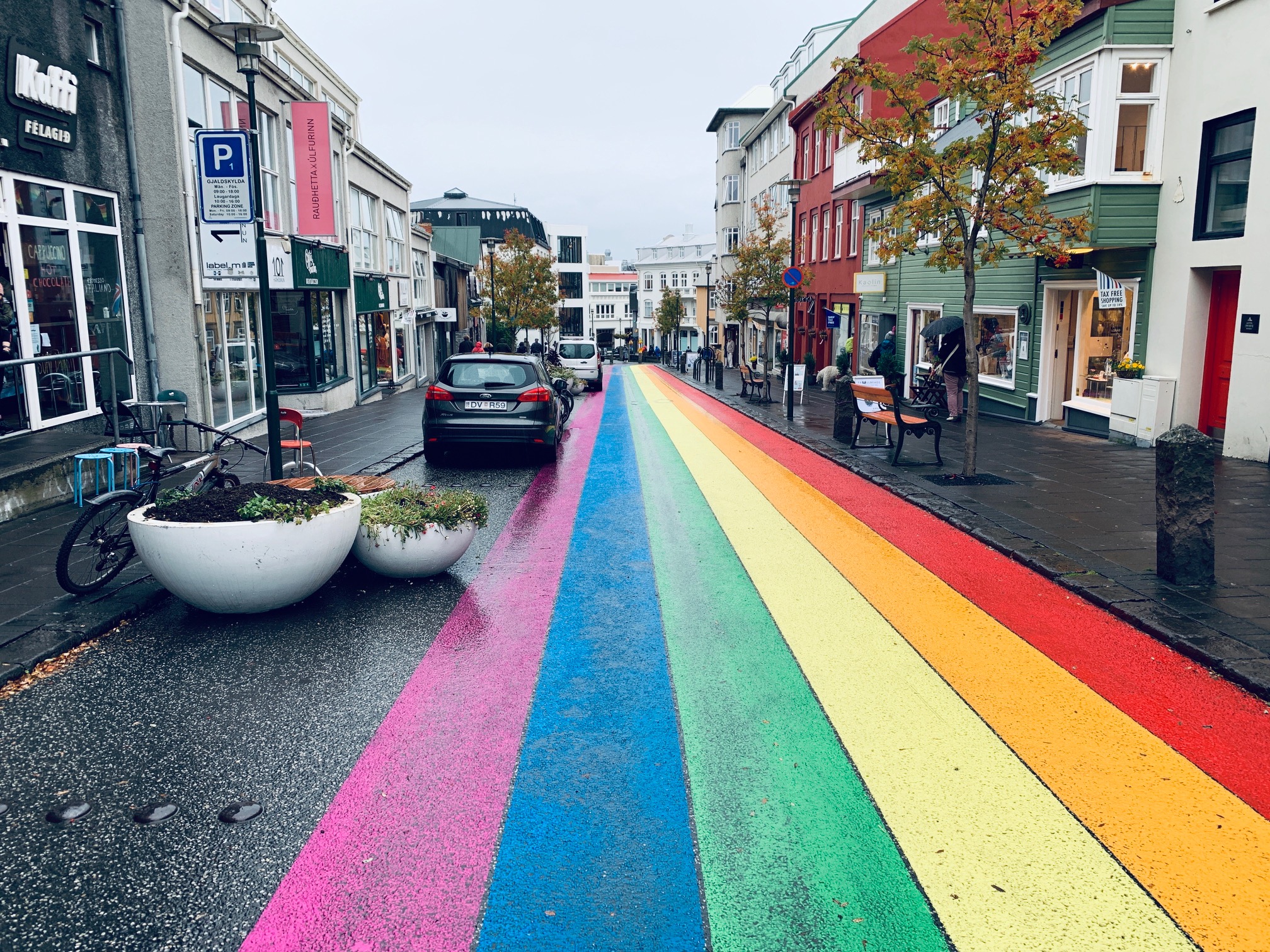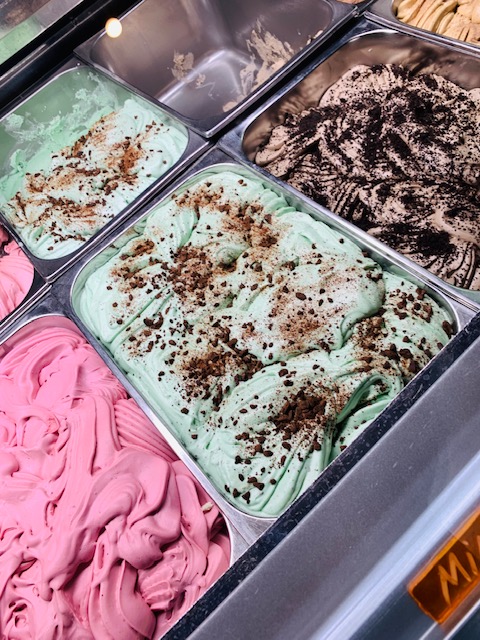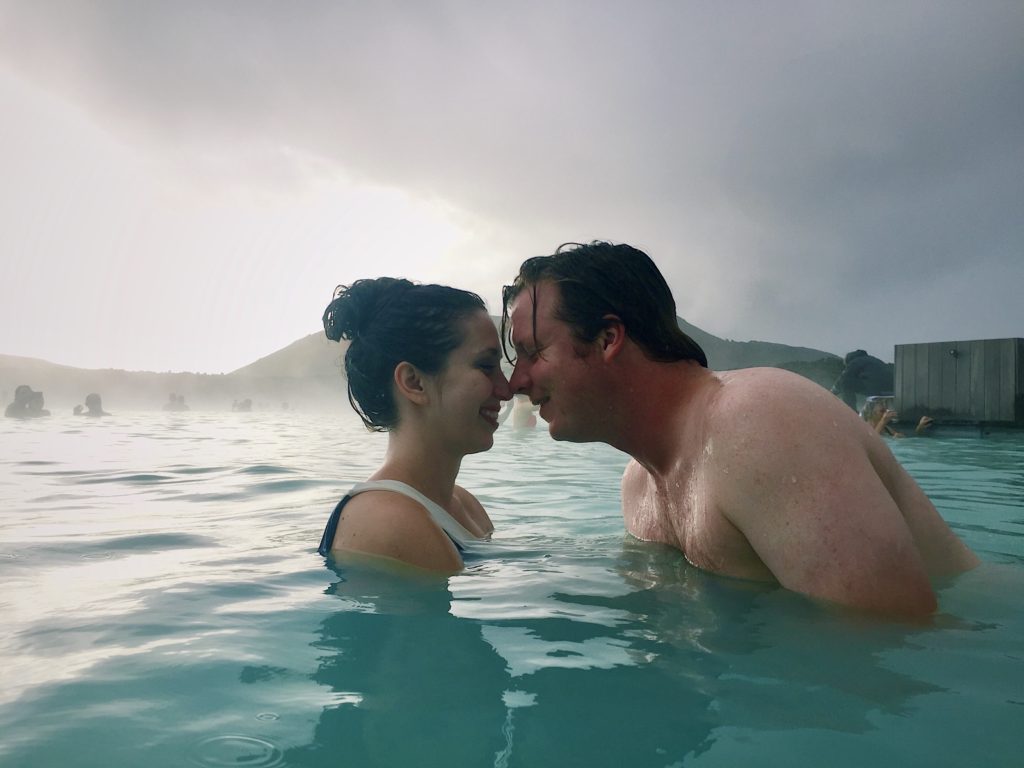What city has unparalleled charm and bright colors, Viking roots, a vibrant culture, and a fascinating history to boot? Why, Iceland’s own Reykjavik of course! The history of Reykjavik is nothing short of fascinating as well.
Reykjavik was thought to be the first permanent settlement in Iceland, named such by a viking called Ingolfur Arnarson after seeing the steam rising from the natural hot springs. The word translates to “Smokey Bay.”
The History Of Reykjavik: Establishing Iceland As A Land Of Vikings, Slaves, And Exiles
This pretty much sums up the country’s origins, as it was initially discovered by accident when ships veered off course north. First, it was founded by Norwegian Vikings fleeing from their king and the Celtic slaves they picked up in Scotland and Ireland during the late 9th century.
Until the middle of the 18th century when trade began, Reykjavik remained little more than a few groups of farmhouses. The area was tough to live in, with fishing the main trade due to infertile soil, high winds, and harsh climate.
Think they have enough wool options for sale in Reykjavik? Today, nearly every store there sells some kind of product containing wool — sweaters, blankets, gloves, and more! (We purchased a 100% Icelandic wool blanket while there and have yet to find a warmer one!) But it wasn’t always that way.
But the history of Reykjavik doesn’t end there. Trade only formed thanks to “The Father of Reykjavik,” a Danish man Skuli Magnusson, who established the first wool workshops there. Though Raykjavik received its charter in 1786, it wasn’t the home of the Althingi (Icelandic Parliament – get it, they decide “all things”) until 1798 when it was moved from Pingvellir. (For details on snorkeling the Silfra Fissure/Continental Divide in Pingvellir National Park, click here.)
The Danish continued to rule trade there due to a monopoly that lasted until 1880. However, in 1874, Iceland’s constitution was formalized and by 1918, it became a sovereign country under the Crown of Denmark, known as The Kingdom of Iceland.
Britain And The U.S. Grant Independence From The Danish Crown
Long story short, when Nazis occupied Denmark and Norway in 1940, the British and U.S. took over Iceland to keep trade open in the north Atlantic. They granted Iceland independence in 1944. When U.S. President Ronald Reagan and Gorbachev met in Reykjavik to discuss Cold War terms in 1986, the city sprang to life as a new tourist destination.
Because they have no formal military, the 1951 NATO Defense Treaty made the U.S.A. officially responsible for defending Iceland. This is why there are U.S. air bases here. Iceland is considered “Nato’s Eye in the North.”
The Economic Crisis Of 2008-2011
After the economic and banking crisis of 2008-2011, the corruption of local banks became public. Global heads turned to look negatively upon the country. Iceland’s three largest banks (Kaupthing Bank, Landsbanki, and Glitnir Bank) defaulted on $62 billion of foreign debt in 2008. This impacted all of Europe, who used those banks. Iceland’s government couldn’t bail them out; the stock market dropped 95%. Nearly every business in Iceland went under.
However, history has been kind to Reykjavik and all of Iceland. Within a few years, they miraculously managed to recover and improve their GDP higher than ever before. In 2009, voters elected Jóhanna Sigurðardóttir, who raised taxes, prevented money from leaving the county, forbid citizens to invest in foreign stocks, and also provided debt relief to mortgage holders. In turn, this forced many Icelanders to invest in local businesses and real estate.
Tourism also became a large contributor to the economy after the 2010 eruption of the Eyjafjallajökull volcano. In 2016, the number of tourists was 4.5 times the country’s population.
Iceland’s Plan And The Brilliant Tourism Boom
Next, in a brilliant marketing move, Iceland hired a British PR firm to produce a series of tourism videos. (Ex: Come to this mind-blowing land of volcanoes and bathe in a hot spring with this handsome native.) Afterward, the country found itself booming with tourism — so much so that their infrastructure couldn’t hand it (think a lack of roadways, hotels, restaurants, public bathrooms, etc.).
Tourism Today
Along with fishing and aluminum smelting, tourism is one of the top income sources for Iceland. Today, it’s responsible for nearly 30% of the country’s export revenue. MILLIONS visit Iceland each year and even use the country as a “stopover” destination on the way to Europe or the U.S. As of 2016, the tourism industry is estimated to contribute about 10 percent to the Icelandic GDP. More incredible still, the number of foreign visitors exceeded 2,000,000 for the first time in 2017. To see the Icelandic Tourist Board’s full stats on tourism, click here.
Where those tourism funds are directed is debatable… But the complicated story of Icelanders trying to preserve their homeland vs. corporations and outside investors seeking to make a profit is a story for another time.
One of the most popular destinations within Reykjavik is Hallgrímskirkja Church, which boasts strange yet unique concrete architecture inspired by basalt columns. It’s also Reykjavik’s tallest structure with the largest, oldest concert organ.
Another must-see destination is the renowned Blue Lagoon, a hot spring haven with proven health benefits. Seriously – it’s straight out a Sci-Fi movie. You can see our photos here.
One thing we stress now is sustainable tourism in Iceland and how to “be a respectful tourist.” Appreciating and supporting the county’s awe-inspiring landmarks, geography, economy, and culture are one thing; leaving it worse off than when you arrived is quite another.
Have any other interesting tidbits about the history of Reykjavik, Iceland, or the people who made it the great nation it is today? If so, please share the wealth and leave a comment below so we can all learn and grow in awareness together.
